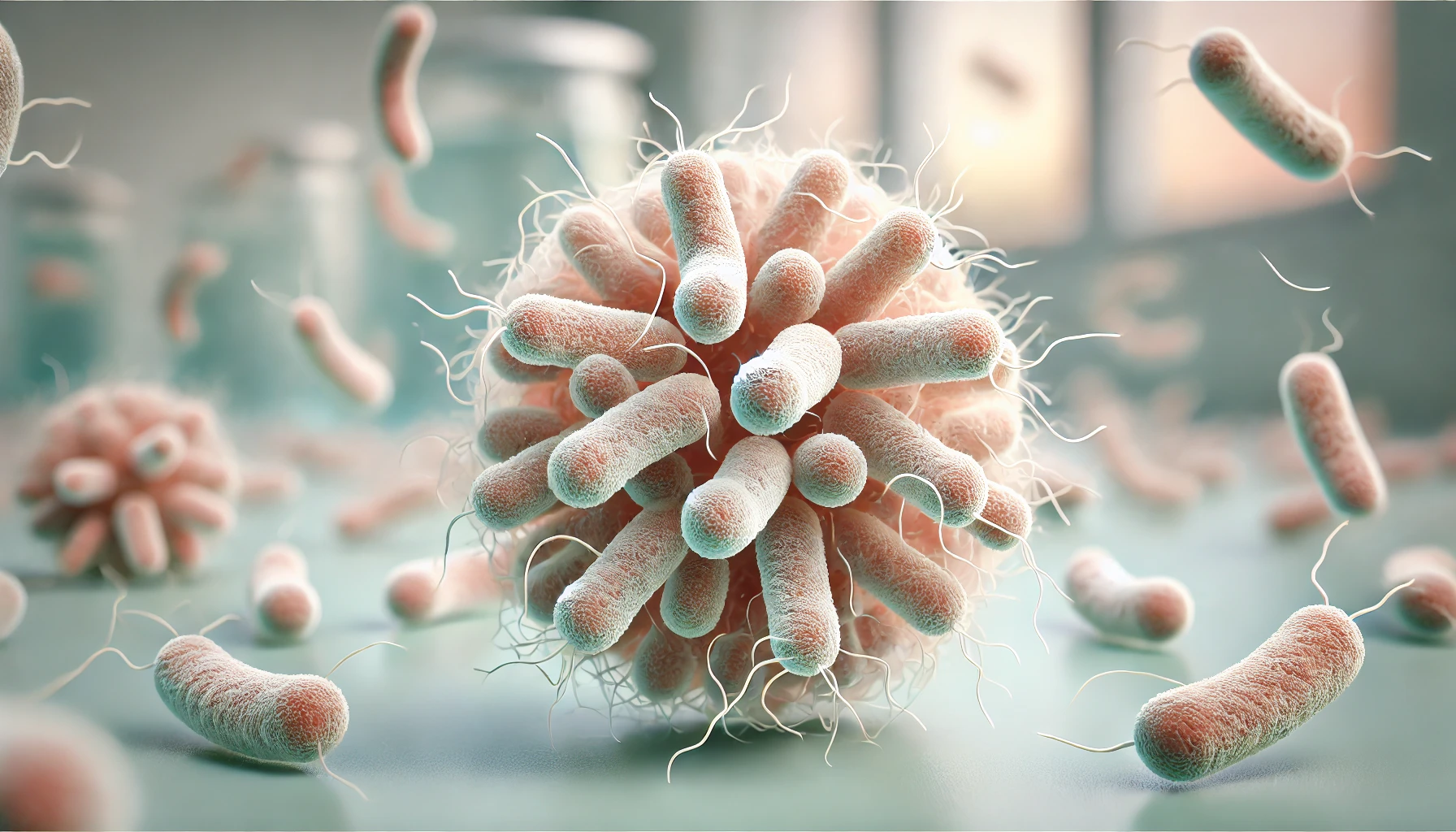Mikoplazmos, or mycoplasmas, are another type of bacteria which has quite a few peculiarities in its morphology and activity. These are the smallest ones of all the free-living organisms available to humans and play a very crucial part in both the health of an individual and sickness that may befall him. Unlike other bacteria, mycoplasmas lack a cell wall, they are appealing in many aspects and difficult to handle in many ways, including in terms of treatment and diagnosis. In this post, we will focus on microplastics knowledge and discover facts about them, how they impact human and animals, as well as the current state of research on treatment and prevention of microplastics pollution.
What Are Mikoplazmos?
Mikoplazmos (Mycoplasmas) are the bacteria that do not have a cell wall and hence differ from other bacteria. This has made them to be very responsive and this made them to be survival creatures in context to the surrounding they inhabit. Mikoplazmos lack a cell wall making them immune to antibiotics which affect cell wall synthesis including the penicillins.
The Structure of Mikoplazmos
Mycoplasmas are genitalic in their structure and are distinct from other bacteria on this basis as well. It has a cell membrane that consists of lipids and proteins and has no cell wall that is made out of peptidoglycan that is common with most bacteria. This certainly is an indispensable part of their life cycle for it acts as a barrier where nutrients and waste are selectively transported across.
The size of genome is the other distinguishing feature of mycoplasmas; they possess one of the smallest genomes known among bacteria.
Types of Mikoplazmos
Mikoplazmos are of a number of different types, and the classification of them is based on both the genetics of the bacteria and the diseases that they are known to cause. Some of the best-known species include:
Mycoplasma pneumoniae
Mycoplasma pneumoniae, one of the mycoplasma species frequently investigated, belongs to the respiratory tract colonizers that affect children and young adults primarily. These infections are normally described as ‘walking pneumonia’ because they are not as severe as other types of pneumonia. The bacteria mostly infect the upper respiratory tract with signs and symptoms such as coughing, sore throat, fever.
Mycoplasma genitalium
Another important species of mycoplasma is Mycoplasma genitalium that have been associated with different genital infections. Still, it is related to STDs and may lead to urethritis, pelvic inflammatory disease, and infertility in genders. Despite having been discovered much later than other diseases, it has triggered considerable concern in the area of reproductive medicine.
Mycoplasma fermentans
Mycoplasma fermentans is virtually present in individuals with chronic diseases, specifically autoimmune diseases.
Respiratory Transmission
Such organisms as Mycoplasma pneumoniae, primarily spread by respiratory droplets and/or aerosols. This can be done through or an infected person, when they sneeze or talk droplets containing the bacteria are produced and can be breathed in by other people. This mode of transmission makes mycoplasma infections highly infectious in such facilities such as schools, hospitals, and military barracks.
Sexual Transmission
They include practicing safe sex, and the use of condoms as methods of minimizing chances of infection.
Vertical Transmission
Rarely, mycoplasmas may be passed from an infected woman to her baby during labour and birth. This type of vertical transmission can also cause infection and pneumonia and other ailments in the new born. Further study into this mode of transmission is still being conducted.
Signs of disease caused by Mikoplazmos
Mikoplazmos infections cause symptoms that largely depend on the species of the bacteria and the affected area.
Respiratory Infections
Mycoplasma pneumoniae infections might be asymptomatic at the start or can feature a sore throat, a dry cough, and fever at the beginning. In the later stages the cough may become worse, others may develop a fever, fatigue, headache and muscle aches. However, these symptoms are typically mild, but they are chronic and restrict a person’s activities radically.
Genital Infections
With regards to the genital area, mikoplazmos can be mild to severe. Genital infections give symptoms such as pain during urination, unusual discharge or bleeding and pain in the pelvic areas. In women, the disease may result in an infection of the upper genital tract culminating in pelvic inflammatory disease (PID), this causes scarring of the internal reproductive organs hence causing infertility.
Systemic Infections
Occasionally the mycoplasmas can cause dissemination and systemic illness like septic arthritis or menngitis. Such infection is common among immunocompromised individuals or those with underlying chronic disease.
Diagnosis of Mikoplazmos infections
In Mycoplasma infection it is always difficult to diagnose them since they do not have the cell wall and the symptoms are latent, that is, they may not at all manifest clinically as bacteria do. However, several diagnostic methods are available:
PCR stands for Polymerase Chain Reaction.
PCR test proves to be one of the most accurate methods of diagnosing mycoplasma infections. It entails the extraction of DNA from the bacteria from a sample; blood, sputum or urine sample and comparing the extracted DNA to the known genetic sequences of mycoplasmas. PCR is highly sensitive, when compared to other methods and is capable of detecting small bacterial DNA fragments.
Serological Tests
These tests are positive in detection of infections such as Mycoplasma pneumoniae, but are less accurate in acute infection.
Culture
Although time consuming and less frequently used, culturing of mycoplasmas from patient samples is a definitive way of diagnosing mycoplasma infection.
Management of Mikoplazmos diseases
Mikoplazmos infections tend to be difficult to treat because of their ability to be resistant to some antibiotics. However, several options are available depending on the type of infection:
Antibiotics used in Mycoplasma Infections
For the same reason that mycoplasmas do not possess a cell wall, then amateurs that act through the inhibition synthesis of cell wall, for example, the penicillin, are not useful. Instead, doctors typically prescribe antibiotics that target the bacterial membrane or inhibit protein synthesis, such as:
Macrolides (for example azithromycin, erythromycin)
Tetracyclines inhibitors which include doxycycline
Macrolides (e.g., clarithromycin), non fluoroquinolones (e.g. ciprofloxacin), fluoroquinolones.
These antibiotics are active against most Mycoplasma species, but bacterial resistance may occur not rarely, mainly due to improper use of the latter.
Option for Management of Patients with Respiratory Infections
With Mycoplasma pneumoniae and other respiratory infections the use of antibiotics to treat the symptoms and avoid complications is common. In mild form of the disease, the patient may only need a symptomatic management such as bed rest and adequate fluid intake.
Management of Genital Infections
Mycoplasma genitalium or Mycoplasma hominis infections of the genital system are cured with azithromycin or doxycycline. For some rare diseases, it is also customary to implement the second course of treatment to minimize the risk of a recurring infection.
A five-year the prevention of Mikoplazmotis Infections
While it is difficult to completely prevent mycoplasma infections, several steps can reduce the risk of transmission:
Safe Sex Practices
Presumably, safe sex practices, also known as safe sex, can greatly lessen the chances of passing genital mycoplasmas. This can also be prevented and/or the infection, if not screened early, should be treated early in order to avoid further hassles later.
Vaccines
At the present time there is no immunization avaialble to defend the body against mycoplasma. Nevertheless, the search continues for further study, and a vaccine, especially for Mycoplasma pneumoniae, may serve as a useful weapon in eradicating respiratory diseases in the future.

Coronavirus Hygiene and Environmental Control Measures
Regarding respiratory mycoplasmas, numerous precaution measures are there and among them, timely washing hand, avoiding contact with infected are most important.
The Further Development of Mikoplazmos Research
From the available knowledge about mikoplazmos, it can be seen that as science progresses more information is accrued on the endogenous biology. New techniques in diagnostics, possibilities in treatment and potential vaccines are being introduced all the time. Certainly one of the most interesting topics of study is the relationship between mycoplasmas and chronic diseases and their possible association with asthma, chronic fatigue syndrome and autoimmune diseases.
Conclusion
Mikoplazmos, or mycoplasmas, are rather peculiar bacteria from the methodological and biological points of view which are the reasons why they are studied and eradicated so intensively.




